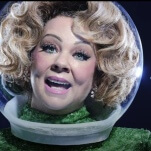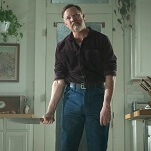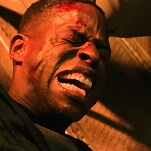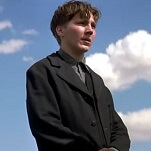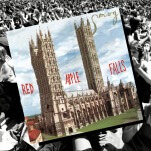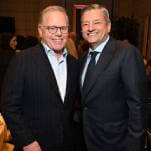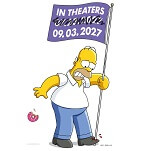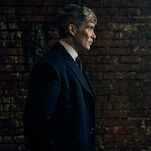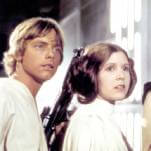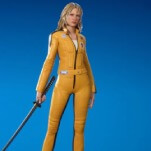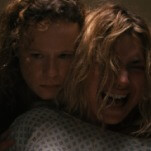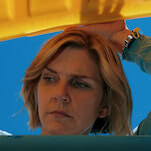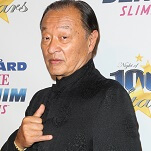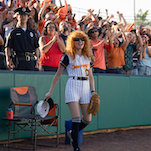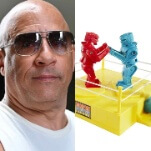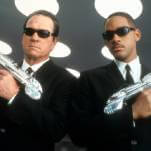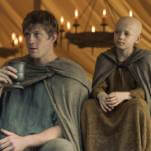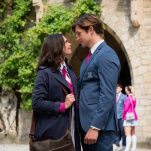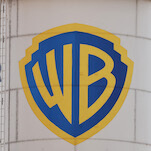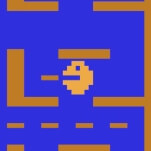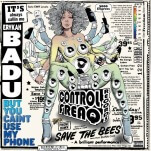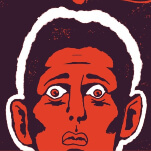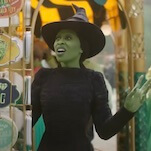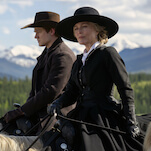The Big Mac began in the kitchen of Delligatti’s McDonald’s restaurant in Uniontown, Pennsylvania, outside Pittsburgh. Seeking a larger sandwich than its standard hamburger and cheeseburger, Delligatti came up with a recipe that used two beef patties separated by an additional middle bun (called the “club”; the bottom bun is the “heel” and the sesame seed-flecked top is the “crown”). The cheeseburger was dressed with shredded lettuce, pickles, onions, and Thousand Island sauce, and sold for 45 cents.
“Big Mac” was not the burger’s original name. Delligatti called it “Aristocrat” and “Blue Ribbon Burger,” but an advertising secretary thought “Big Mac” was pithy and catchy enough, and the third name stuck. From the success at one location, the Big Mac began selling at the rest of Delligatti’s McDonald’s franchises in Pennsylvania. A year later in 1968, the Big Mac expanded nationwide, where it’s been part of McDonald’s permanent menu since.
While the Big Mac has achieved iconic status, it has struggled to translate to a new generation of quick-service consumers with considerably more and more varied dining options. Still, it’s estimated 900 million Big Macs are now sold worldwide each year, with regional variations from India’s Maharaja Mac to Japan’s Giga Big Mac.

